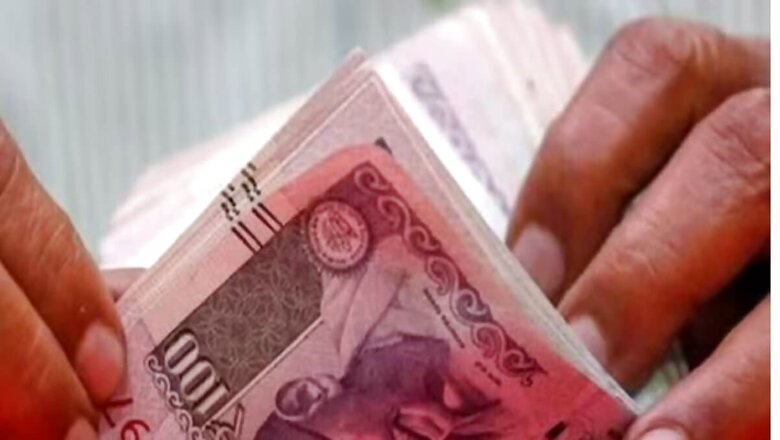
views
As parents you may need to send money to your children studying or residing abroad quite regularly. The Liberalised Remittance Scheme (LRS) of the Reserve Bank of India makes it simple and hassle free for Indian parents to send money to their children in foreign countries.
Here’s a detailed guide to send money to your children living abroad without any hassle.
Resident Indians can send up to $2,50,000 in a financial year to their adult children residing overseas under LRS, which was introduced in 2004. Under the existing RBI guidelines there is no restriction on the frequency of remittances as long as the total amount in one fiscal year does not exceed the prescribed limit set by the RBI.
This implies you can transfer money to your child on a monthly basis as long as the total amount does not exceed the annual threshold and the purpose of remittance is not prohibited under the existing law.
To begin with, contact an authorised dealer bank, which will walk you through the necessary compliance processes and documentation for foreign remittances. They will guarantee that your remittance follows the LRS requirements, giving you a safe and effective way to transfer payments to your children residing overseas.
It is important to remember that beginning July 1, the tax collection at source (TCS) rate on foreign remittances under LRS would increase from 5% to 20%. This implies that when you send money, the authorised dealer bank will ask you to comply with certain regulations, such as paying 20% TCS and submitting Form A2, which states the nature of the transaction.
However, remittances upto Rs 7 lakh will be exempt from TCS. The remittances for education and medical expenses will not attract the enhanced TCS.
Given the 20% rise in TCS, it is advisable to factor in the additional cash outflow towards the tax when calculating the actual amount to be sent. This will allow you to make an informed decision and make the most use of the available finances.




















Comments
0 comment